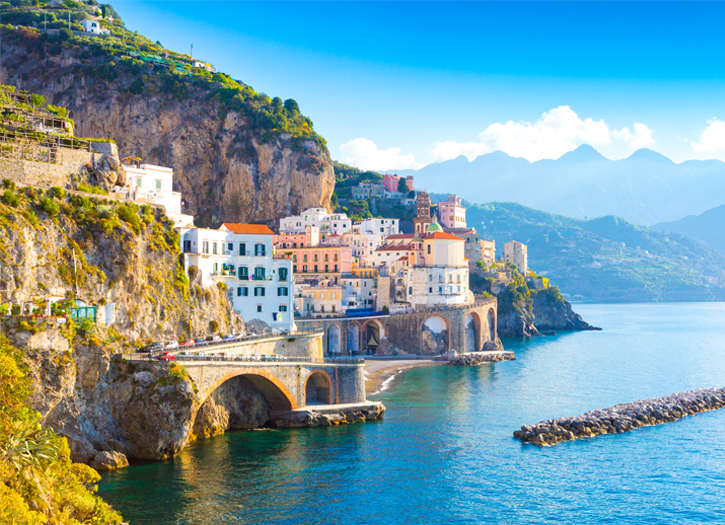The virus was first confirmed to have spread to Italy on 31 January 2020, when two Chinese tourists in Rome tested positive for the virus. One week later an Italian man repatriated back to Italy from the city of Wuhan, China, was hospitalised and confirmed as the third case in Italy. As of 19 October 2020, Italy has 134,003 active cases; during the peak of the pandemic, Italy’s number of active cases was one of the highest in the world. Overall, there have been 423,578 confirmed cases and 36,616 deaths (a rate of 607 deaths per million population)while there have been 252,959 recoveries. By 19 October, Italy had tested about 8,265,000 people.
On 31 January, the Italian government suspended all flights to and from China and declared a state of emergency with the duration of six months. Prime Minister Giuseppe Conte said Italy was the first EU country to take this kind of precautionary measure.The government also introduced thermal scanners and temperature checks on international passengers arriving at Italian airports. On October 15 confirms and worsens the figure of COVID-19 infections. The governor of Campania closes schools and universities until 30 October 2020.
On 23 February 2020, Austria suspended all trains to and from Italy for a few hours because of suspected cases. Romania instituted a quarantine for people arriving from Lombardy and Veneto. On 24 February, an Alitalia flight from Rome to Mauritius was blocked at the Sir Seewoosagur Ramgoolam International Airport by the local authorities, who imposed quarantine or repatriation for 212 Italian passengers.
The European Parliament‘s Director General for Personnel, Kristian Knudsen, requested that staff who had travelled to areas affected by the COVID-19 outbreak, including parts of Italy, China, Singapore, and South Korea, to self-quarantine and work from home for 14 days.On 25 February, the United Kingdom and Malta recommended that travellers coming from Italy self-quarantine for 14 days and for all citizens not to travel to regions of Italy affected by the outbreak.
Prague International Airport introduced special arrival gates for selective screening of passengers arriving on flights from Italy. Kuwait, Iraq, Jordan and Seychelles suspended all flights to and from Italy. Bulgaria suspended all flights to and from Milan until 27 March. Australia, Saudi Arabia, Netherlands and the United States issued a travel advisory for all citizens not to travel to parts of Italy affected by the outbreak.
Goldman Sachs, Deloitte, Citigroup Inc, Credit Suisse, Lazard, Credit Agricole, Nomura, Banque Populaire and BNP Paribas requested that staff who had recently returned from Italy to work from home for at least 14 days and deferred non-essential travel to Italy. On 26 February, the European Parliament postponed internships until 1 October for 35 trainees who declared residence addresses in areas affected by the COVID-19 outbreak, including Lombardy, Piedmont, Emilia-Romagna and Veneto. Six American universities — Elon University, Fairfield University, Florida International University, New York University, Stanford University and Syracuse University — postponed or cancelled their study-abroad programmes in Italy, mainly in Florence.
The pandemic provoked large economic damage to the Italian economy. The sectors of tourism, accommodation and food services were among the hardest hit by foreign countries’ limitations to travel to Italy, and by the nationwide lockdown imposed by the government on 8 March. By April, finance minister Roberto Gualtieri predicted a 6% GDP decline for 2020. On 12 March, the Italian stock market was among the worst hit during Black Thursday, when the FTSE MIB index lost 17% of its value in one day.On 21 March, the government issued the shutdown of all non-essential businesses, industries, and economic activities.
The Economist predicts a 7% GDP decline for Italy in 2020. Economist Alberto Bisin forecast that Italy’s debt-to-GDP ratio would rise from 130% to 180% by the end of the year, due to borrowing and losses. Multiple economists believe that Italy will struggle to pay back its debt. Although the virus has hit northern Italy hardest, economically deprived areas of southern Italy are suffering the most from the lockdown. Many residents of those areas work in the grey economy and are therefore not eligible for unemployment benefits.


















Add Comment